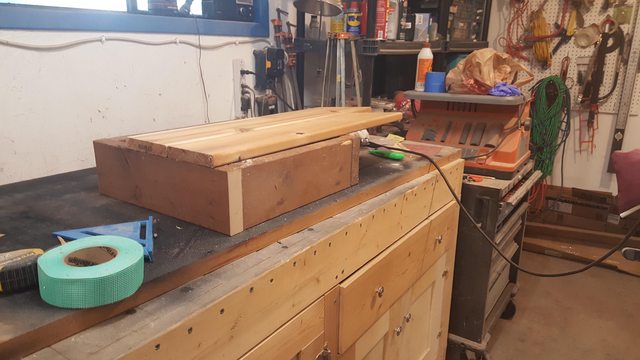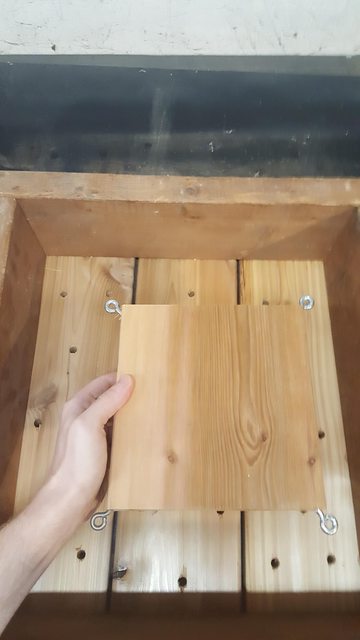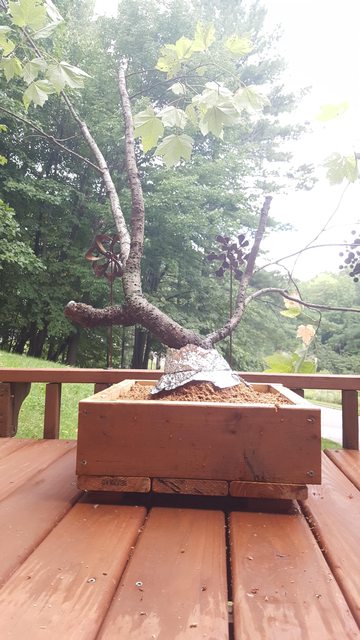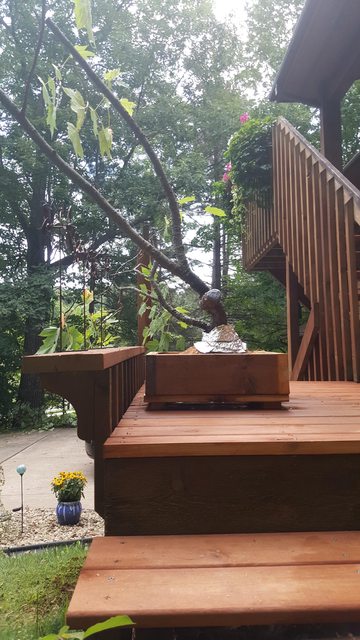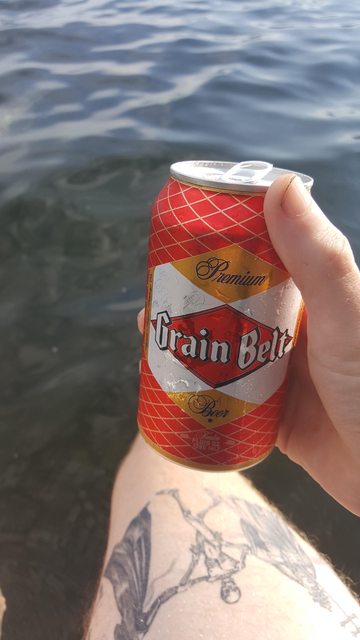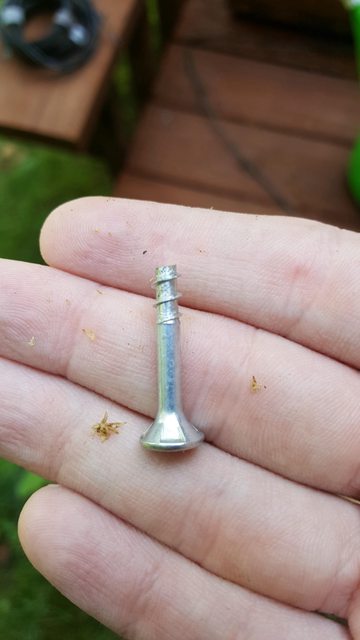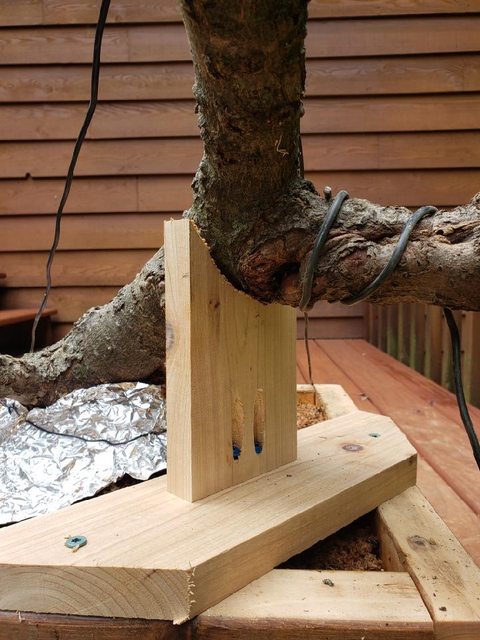cdefoe
Mame
i started an air layer in june at my parents place in northwest wisconsin, zone 3. hoping to use this thread to document the progress, provided i can keep this poor bastard alive
i will preface this post by saying this is the largest air layer i've attempted, my first deciduous tree, and overall something i'm treating as a learning experience. throughout this process i have identified some mistakes i'll point out as well as some lessons learned i'll summarize at the end for anyone reading
spotted this unlucky victim on a tree on the side of my parents' driveway getting absorbed by an oak. applied the air layer in june. it was stuffed with roots
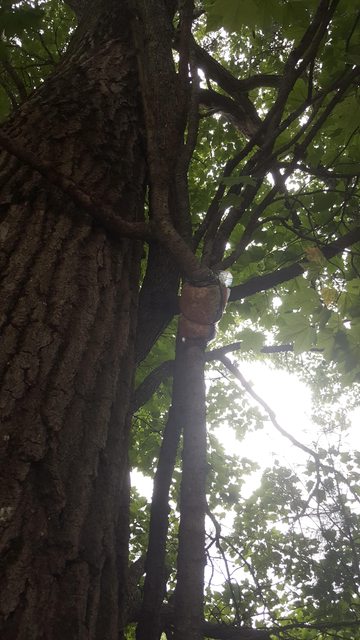

i will preface this post by saying this is the largest air layer i've attempted, my first deciduous tree, and overall something i'm treating as a learning experience. throughout this process i have identified some mistakes i'll point out as well as some lessons learned i'll summarize at the end for anyone reading
spotted this unlucky victim on a tree on the side of my parents' driveway getting absorbed by an oak. applied the air layer in june. it was stuffed with roots



